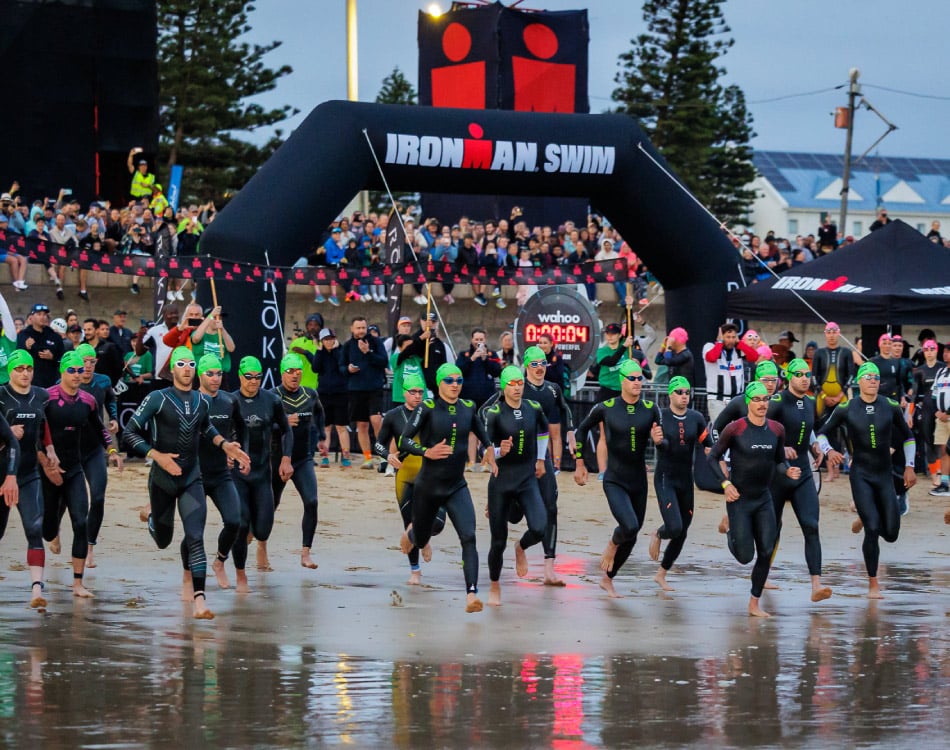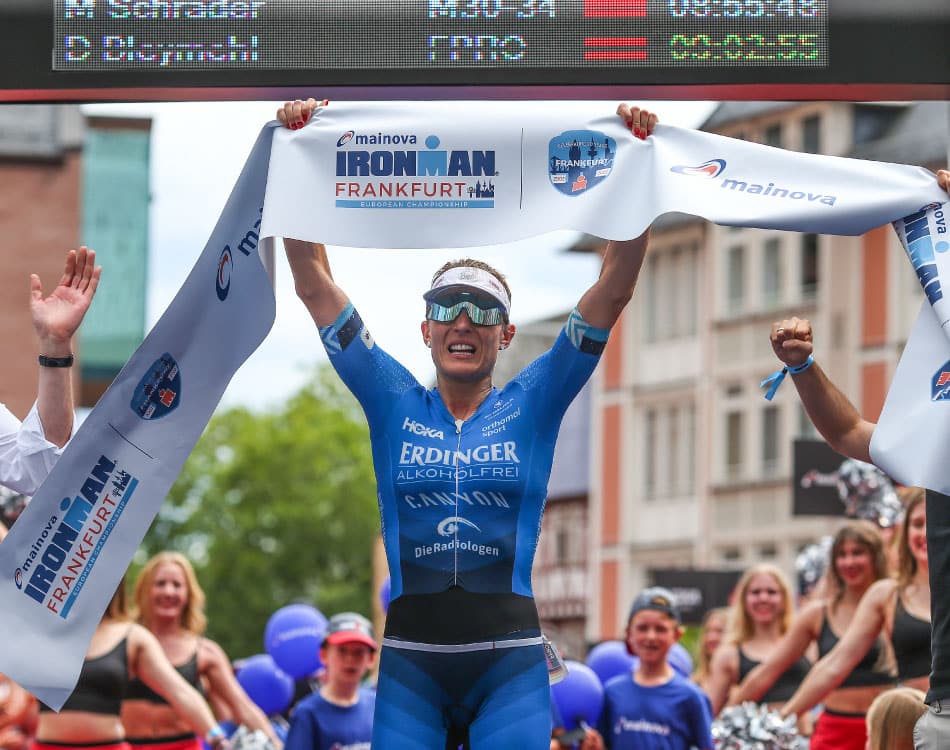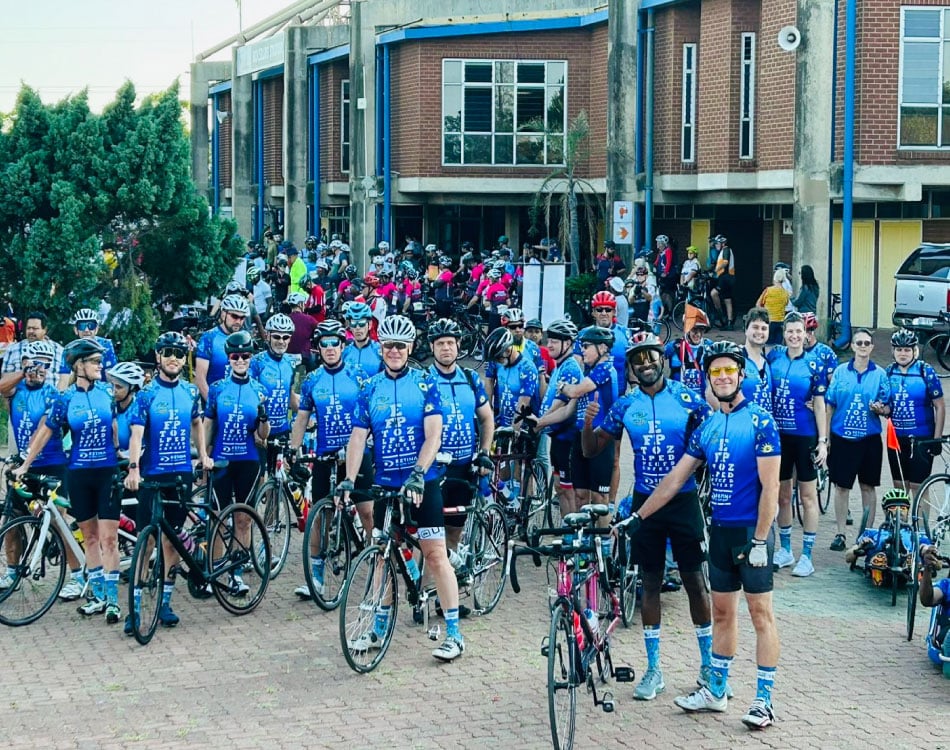If there’s one thing serious athletes hate most, it’s time away from training.
Whether it’s due to work commitments, family responsibilities, a business trip or, worse, a layoff due to injury, every missed training session tends to fill us with fear that we may be losing fitness.
But just how concerned (and neurotic) should we be about a few days off? How long does it really take before we start to lose any significant fitness? Here’s what the science says…
Lost in stagnation
In a process commonly called de-training, when you stop exercising for an extended period of time, a number of physiological changes happen inside your body and, in particular, within muscle cells.
However, the rate at which these changes occur depends on numerous factors, including genetics and, most importantly, your training history.
Based on a large body of scientific evidence, individuals who’ve trained for longer will experience a slower rate of decline than beginners.
As an example, one study found that well-trained endurance athletes (runners, cyclists and swimmers) who abstained from all exercise lost, on average, about 50% of their training-induced gains in aerobic conditioning over a three-month period.
In contrast, when previously sedentary individuals engaged in two-month cycling or running program, their fitness levels returned to baseline after just two months with no exercise.
This rate of decline seems to be greater among previously sedentary, obese individuals. Participants in a study published in the journal Nutrition, Metabolism and Cardiovascular Diseases, who exercised for four months, lost all improvements in health and fitness a mere month after stopping the program.
This affirms the stance that prior conditioning and health status are major factors in slowing the decline in fitness levels when you’re forced to take time off.
Cardiovascular decline
So when, exactly, should a more experienced athlete start worrying that they’re losing fitness? In general, the loss of aerobic capacity occurs more rapidly than declines in muscle strength or size.
According to the American College of Sports Medicine, aerobic fitness starts to decline after roughly two weeks without any form of cardiovascular exercise. The general consensus is that from about 10 days the body starts to experience physiological changes that materially impact performance.
These include a loss in blood volume, which reduces the amount of blood and red blood cells available to transport oxygen from the lungs to working muscles. This reduces the heart’s efficiency, which negatively affects maximal oxygen uptake, commonly referred to as VO2max.
The muscle cells themselves also lose some degree of physiological ‘sharpness’, with a decrease in mitochondrial efficiency and a decline in the density of these energy-producing metabolic powerhouses.
This significantly impacts on a muscle’s metabolic potential to sustain intense or prolonged efforts.
Capillary density in muscles also declines during this time, which means less oxygenated blood gets to working muscles and exercise metabolites won’t be removed as efficiently.
Your muscle cells also lose their ability to store and retain glycogen. A reduction in the amount of readily-available energy from stored glycogen will obviously affect performance, too.
After two weeks there is a more significant decline in VO2max, with up to a 20% decline reported in highly trained athletes after roughly four weeks of detraining.
Generally speaking, overall endurance performance tends to decrease by between 4-25% after 3-4 weeks of no exercise. All previous gains in cardiovascular fitness will be lost within two to eight months, depending on a variety of factors.
Rates of decline in cardiovascular fitness:
- 10-14 days: Slight decline in fitness levels
- 2-4 weeks: A more rapid decline in VO2max
- 2-8 months: Complete loss of cardiovascular fitness

















Leave A Comment